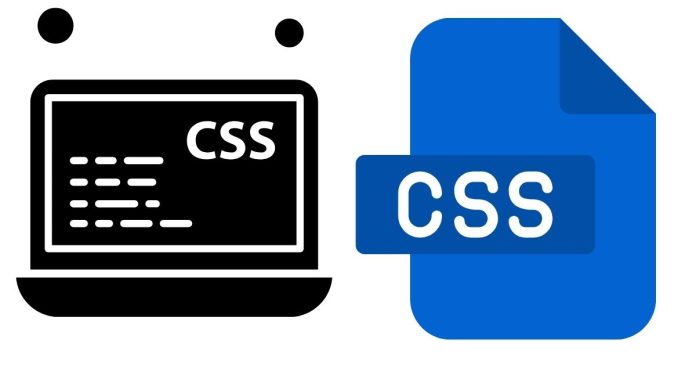Positioning an image on a webpage is one of the fundamental tasks in web development. Using CSS (Cascading Style Sheets), developers can control the placement, alignment, and behavior of images with precision. Whether you’re creating a complex layout or simply centering an image, understanding how to use CSS positioning is essential. This blog post will guide you through various methods to position an image effectively using CSS.
1. Basic Positioning with HTML and CSS
Before diving into advanced techniques, let’s cover the basics. Typically, an image is inserted using the <img> tag in HTML and styled with CSS. Here’s an example of a simple HTML and CSS setup:
<!DOCTYPE html>
<html lang="en">
<head>
<style>
img {
width: 200px;
height: auto;
}
</style>
</head>
<body>
<img src="example.jpg" alt="Example Image">
</body>
</html>
In this example, the image will naturally flow with the content. To control its position, you can use CSS positioning techniques.
2. Using the text-align Property
If you want to center an image horizontally within its parent container, the text-align property is a simple solution.
<div style="text-align: center;">
<img src="example.jpg" alt="Example Image">
</div>
This method works because images are treated as inline elements by default, so they respond to text-align.
3. Positioning with the float Property
The float property allows you to align an image to the left or right of its container, often used for creating text-wrapped layouts.
<style>
img {
float: left;
margin-right: 10px; /* Add some spacing */
}
</style>
In this example, the image will be positioned to the left, with text flowing around it. To stop text wrapping, use the clear property on subsequent elements.
4. Absolute and Relative Positioning
For more precise control over image placement, CSS provides the position property with values like absolute, relative, fixed, and sticky.
Relative Positioning
The relative value positions an image relative to its normal position.
<style>
img {
position: relative;
top: 20px;
left: 30px;
}
</style>
Here, the image is moved 20 pixels down and 30 pixels to the right of its original position.
Absolute Positioning
The absolute value positions an image relative to its nearest positioned ancestor (an element with position: relative or absolute).
<style>
div {
position: relative;
width: 400px;
height: 300px;
border: 1px solid black;
}
img {
position: absolute;
top: 50px;
left: 100px;
}
</style>
<div>
<img src="example.jpg" alt="Example Image">
</div>
This code places the image 50 pixels from the top and 100 pixels from the left of the <div>.
5. Centering an Image Vertically and Horizontally
To center an image both vertically and horizontally, you can combine position: absolute with transform.
<style>
div {
position: relative;
width: 400px;
height: 300px;
border: 1px solid black;
}
img {
position: absolute;
top: 50%;
left: 50%;
transform: translate(-50%, -50%);
}
</style>
<div>
<img src="example.jpg" alt="Example Image">
</div>
Here, the transform: translate(-50%, -50%) moves the image’s center to align with the container’s center.
6. Flexbox for Image Positioning
Flexbox is a modern and flexible way to align images.
<style>
div {
display: flex;
justify-content: center; /* Center horizontally */
align-items: center; /* Center vertically */
height: 300px;
border: 1px solid black;
}
</style>
<div>
<img src="example.jpg" alt="Example Image">
</div>
Flexbox simplifies centering by handling alignment properties directly on the container.
7. Grid Layout for Image Placement
CSS Grid is another powerful layout system for positioning images.
<style>
div {
display: grid;
place-items: center; /* Center horizontally and vertically */
height: 300px;
border: 1px solid black;
}
</style>
<div>
<img src="example.jpg" alt="Example Image">
</div>
With Grid, the place-items property is an efficient way to center content.
Conclusion
CSS offers a variety of ways to position images, from simple alignment techniques like text-align to advanced methods using Flexbox or Grid. The right approach depends on your layout needs and the complexity of your design. By mastering these techniques, you can position images precisely and create visually appealing webpages.
Start experimenting with these methods, and you’ll soon feel confident styling and positioning images in CSS!


